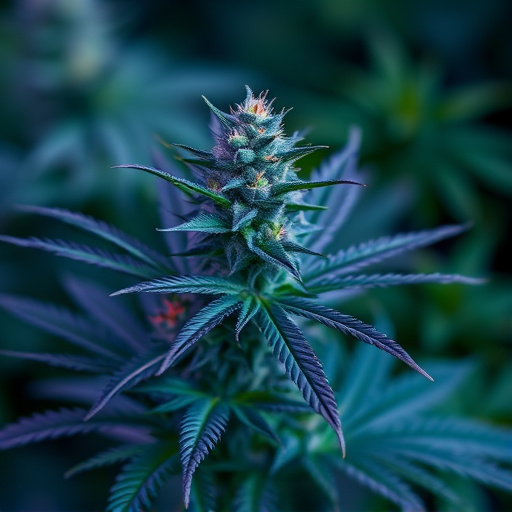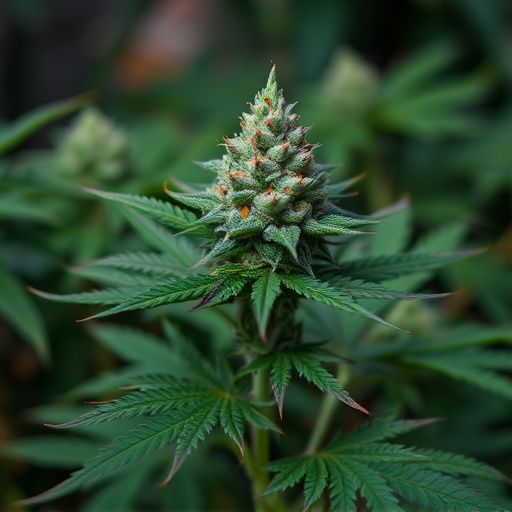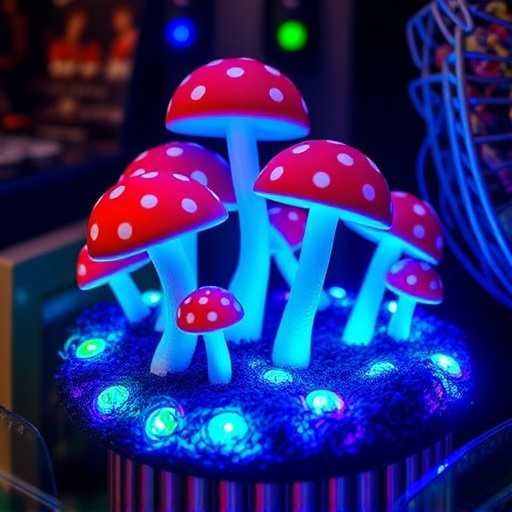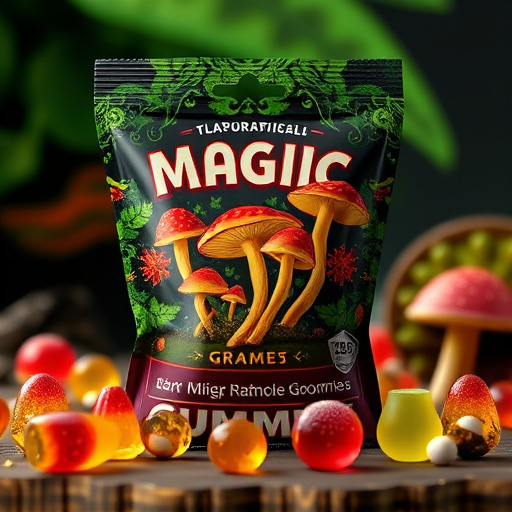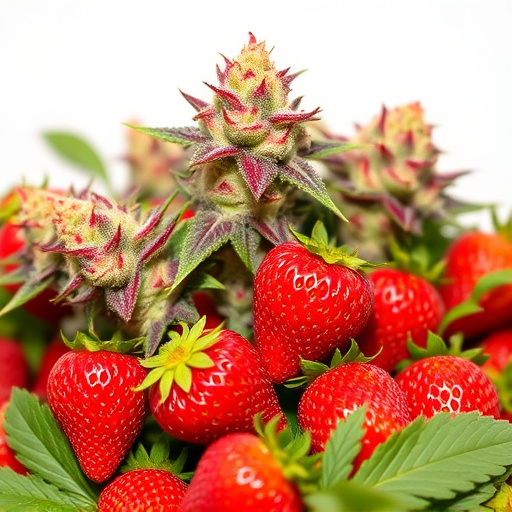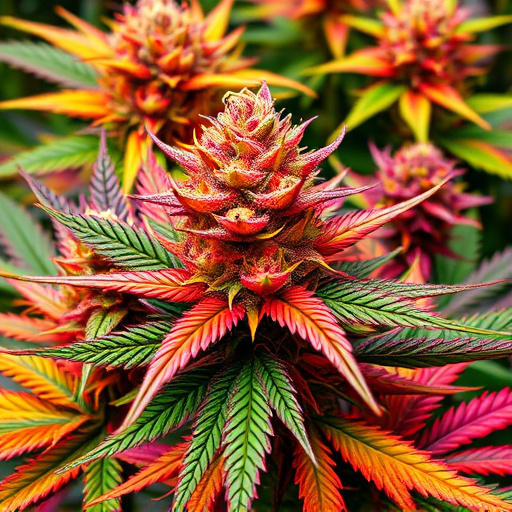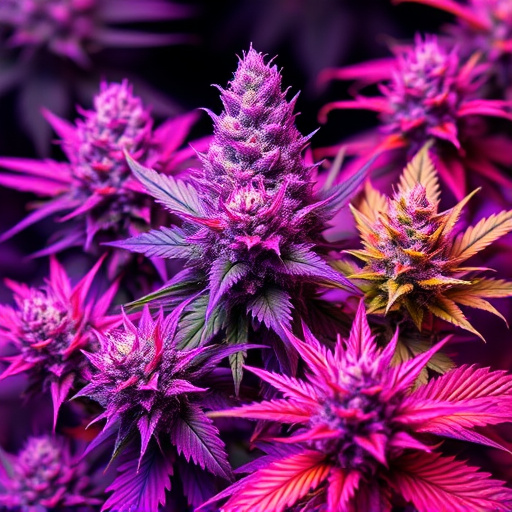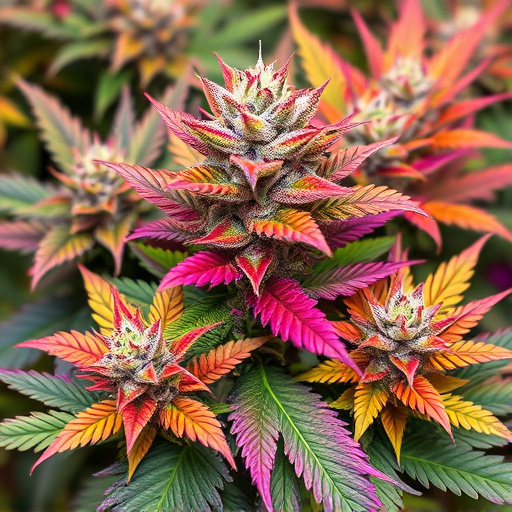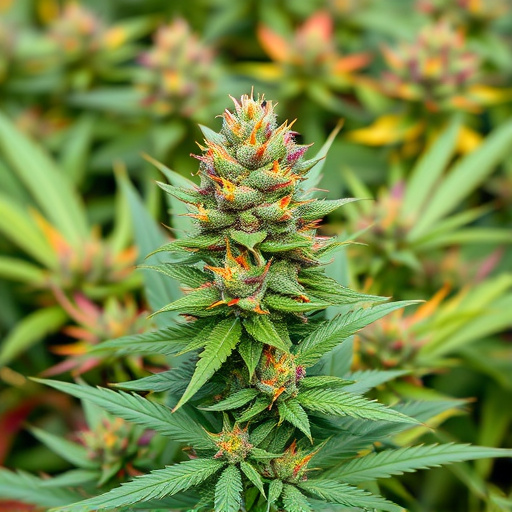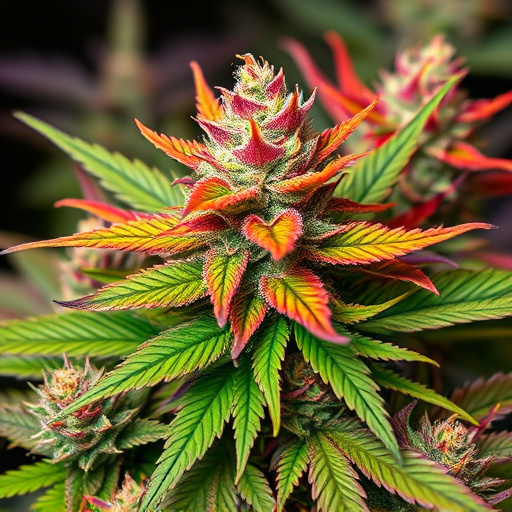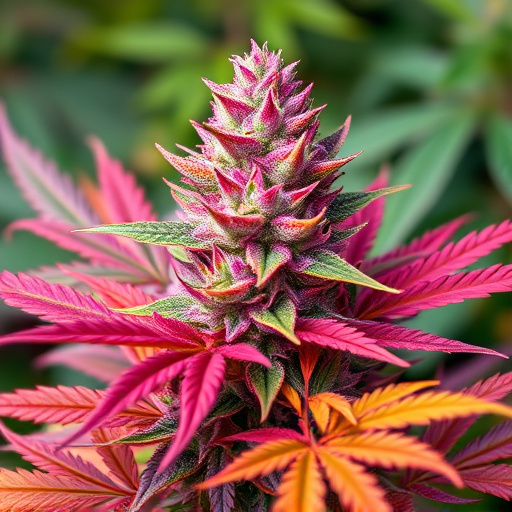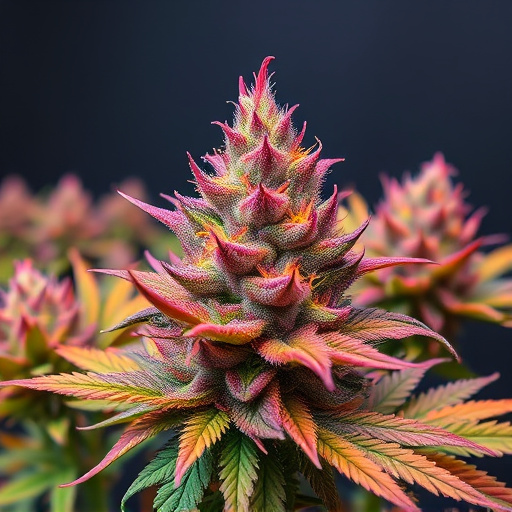Colored cannabis strains' unique potency and aroma stem from their complex blend of cannabinoids (like THC and CBD) and terpenes, which influence both their vibrant hues and therapeutic effects. Understanding this chemistry is key to appreciating these strains and maintaining their quality during cultivation and storage. Environmental factors play a significant role in shaping each strain's distinct terpene profile, making optimal conditions crucial for preserving the desirable properties of colorful cannabis strains.
Maintaining the potency and aromatic allure of cannabis flowers is an art that combines science and cultivation technique. This guide explores the intricate world of cannabis chemistry, revealing how terpenes, cannabinoids, and environmental factors interplay to create vibrant, potent strains. We’ll delve into proven cultivation methods for indoor, outdoor, and hydroponic setups, emphasizing nutrient management and pH balance. Additionally, we’ll uncover post-harvest care techniques to preserve the color, fragrance, and quality of your beloved colorful cannabis strains.
- Understanding Cannabis Flower Potency and Aromatic Compounds
- – The role of terpenes and cannabinoids in potency and aroma
- – How environmental factors influence cannabis chemistry
Understanding Cannabis Flower Potency and Aromatic Compounds
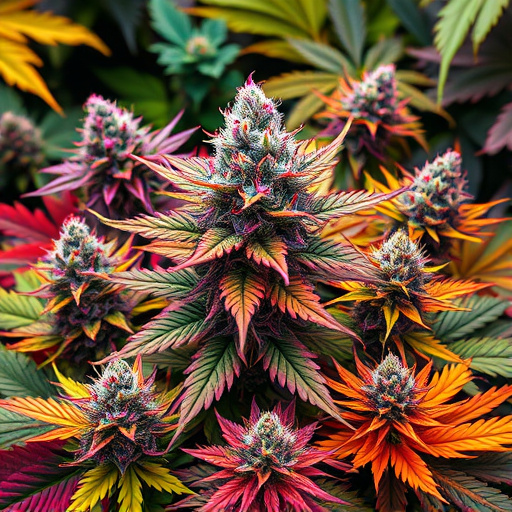
Cannabis flowers, or buds, are rich in a diverse range of chemical compounds that contribute to both their potency and aroma. These include cannabinoids like THC and CBD, as well as a vast array of terpenes, which are aromatic molecules responsible for the unique scents and flavors of different cannabis strains. The potency and fragrance of cannabis flowers are determined by the intricate interplay between these compounds.
Colorful cannabis strains, known for their vibrant hues, often possess higher concentrations of specific terpenes that contribute to their distinctive aromas. Terpenes not only enhance the pleasantness of cannabis smoke but also interact with cannabinoids, modulating their effects. Understanding this complex chemistry is key to appreciating the nuances of different strains and ensuring that your cannabis remains potent and aromatic throughout its cultivation and storage.
– The role of terpenes and cannabinoids in potency and aroma
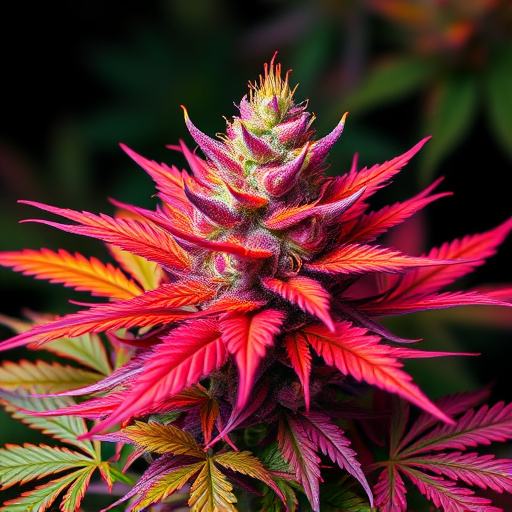
Cannabis potency and its distinctive aroma are largely attributed to terpenes and cannabinoids, two unique chemical compounds found in the plant. Terpenes, responsible for the plant’s fragrant properties, also play a crucial role in determining the overall experience of smoking or consuming cannabis. These aromatic molecules not only give each strain its distinct scent but also influence the therapeutic effects felt by users. For instance, myrcene, a common terpene, is known for its soothing and sedative qualities, making it popular among those seeking relief from anxiety and insomnia.
Cannabinoids, such as tetrahydrocannabinol (THC) and cannabidiol (CBD), are equally important contributors to cannabis potency. THC is renowned for its psychoactive effects, inducing feelings of euphoria and relaxation, while CBD offers a more subtle experience with potential anti-inflammatory and anxiolytic properties. The intricate interplay between terpenes and cannabinoids creates the diverse range of effects experienced by users, from uplifting and energetic to calming and sedating. This is why cultivating and selecting high-quality, well-balanced colorful cannabis strains is essential for ensuring both potency and a desirable aromatic profile.
– How environmental factors influence cannabis chemistry
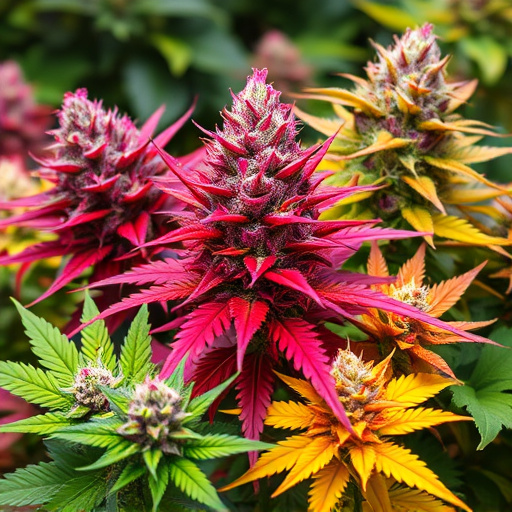
Environmental factors play a significant role in shaping the chemistry and potency of cannabis flowers, directly impacting the plant’s unique aroma and effects. The intricate relationship between nature and nurture is what gives rise to the diverse profiles we see in colorful cannabis strains. Light, temperature, humidity, and carbon dioxide levels are among the key elements that influence terpene production and cannabinoid composition.
For instance, cannabis plants exposed to varying light spectrums during flowering can result in distinct terpene profiles. Different wavelengths trigger specific metabolic pathways, leading to the synthesis of various terpenes responsible for the plant’s scent and flavor. Temperature control is crucial, as optimal heat ranges encourage robust cannabinoid development while preserving delicate terpenes, ensuring that colorful cannabis strains maintain their vibrant characteristics throughout the cultivation process.
Preserving the potency and aromatic profile of your cannabis flower is an art that involves understanding both its chemical composition and environmental influences. By recognizing the role of terpenes and cannabinoids as key contributors to the overall experience, and by creating optimal growing conditions, you can ensure that each bud maintains its vibrant chemistry, offering a truly exceptional sensory journey for those who enjoy colorful cannabis strains.
